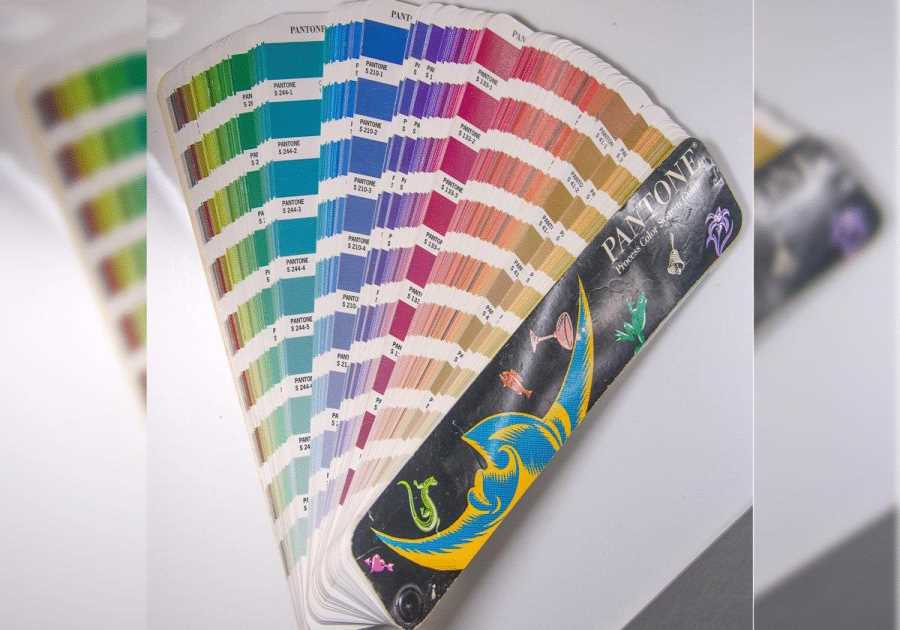
I know, I know – you’re a real estate agent, not a copywriter, but hear me out. Just like people eat with their eyes first, the same goes for real estate. People will first be attracted to pictures, and then the real “taste” will be what they read from you. When people view a listing, they will see the pictures and read the description before making a call to an agent. The same goes for your website pages, Instagram and Facebook posts and email sends.
So, yes, you are a real estate copywriter, encouraging people to read your writing and move to the next stage – reaching out to you. Aren’t trained to be a copywriter? That’s ok, we have tips and tricks to get you there, including AI prompts that will elevate your real estate copywriting.
Where you’ll use copywriting in real estate
Before we get into the real estate copywriting tips, and maybe to further convince you that you’re now a copywriter, here are some of the places that you’ll be responsible for writing copy.
- Listing descriptions
- Social media captions
- Blog posts
- Lead magnets (downloadable content)
- Email marketing
- Text messages
- Website and landing pages
- Public relations articles
- Your bio
- Marketing materials (brochures, flyers, direct mail)
All of these items have the same goal of getting people to reach out to you for your services. The more intelligent and appealing your writing is, the more likely someone is to contact you. Practice makes perfect when it comes to writing, but with the advent of AI, you have an editor and writing assistant in your back pocket.
Don’t have any of the above marketing items yet? Check out the marketing materials from Coffee and Contracts. What’s great about Coffee and Contracts is that their content is written by top real estate agents who know what works. They provide anything from checklists and flyers to social media posts and email marketing campaigns, and everything is ready to post or send after you add your personal touches.
Visit Coffee and Contracts1. Write to your target audience
To be effective with your real estate copywriting, your marketing materials must be tailored to the audience you aim to attract. For example, if you are advertising a starter home listing, then you should speak to first-time homebuyers. If you want to work with luxury clients, using language that speaks about high-end property finishes is needed to reach the right clientele.
Also, get into the mind of your target audience so you can understand and address their pain points. For example, someone moving from the city to the suburbs is seeking additional space while still wanting quick access to transportation and nearby amenities. These small, but impactful touches will draw an audience to your writing because you’ll be addressing their needs and wants.
Simply add your target clientele to ChatGPT along with any characteristics that you want to showcase about the home and benefits of those features. Something like this will do the trick:
You’re a real estate agent who wants to highlight special features of a property and appeal to a [target audience] clientele.
- Write this listing description to highlight the [feature 1], [feature 2] and [feature 3].
- Mention any other features, finishes or property details that would appeal to [target audience].
- Include the benefits of each feature and how it addresses a need of this audience.
- Keep in mind the Fair Housing laws of [State] and remove any language that would violate those laws.
- Make the description only 250 words.
Use this strategy for real estate copywriting in marketing materials as well. For instance, if you’re putting together an introductory letter or email to a first-time homebuyer audience, work in language that will appeal to that audience. Try this in ChatGPT:
You’re a real estate agent who works primarily with first-time homebuyers. You would like to write an introductory letter to new leads, introducing yourself as an expert in working with individuals who are buying their first home. Write a letter that will make readers see your expertise, have a reason to call you and include market details for [City/State], to bring in relevant statistics for first-time homebuyers. Keep to one page.
.png)









